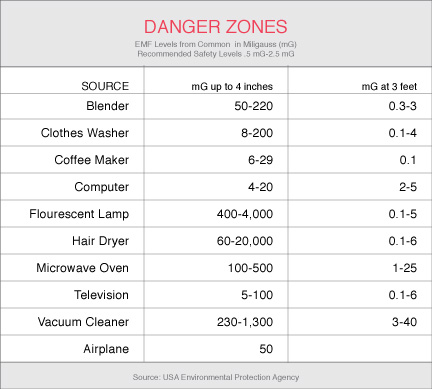Starting a new thread not to hijack another one on a different subject. AC vs DC. Which is better? Which do people believe will be used in 50-100 years time?
My thoughts are this: AC is a waste of copper, aluminum, iron, steal, space, resources just to name a few. AC is complex to control, and more unstable than DC in operating large systems. AC is a more difficult to engineer, especially as systems grow. AC power is holding back the burial of transmission and distribution lines. Its holding back renewables. Its holding back energy storage. Its holding back long distance power delivery and exchange. The conversion of AC to DC wastes energy. AC systems can not tolerate large scale none linear loads. AC systems emit fields which can be hazardous to human health. In short AC is impractical and it has always been a bad idea when all is said and done.
My thoughts are this: AC is a waste of copper, aluminum, iron, steal, space, resources just to name a few. AC is complex to control, and more unstable than DC in operating large systems. AC is a more difficult to engineer, especially as systems grow. AC power is holding back the burial of transmission and distribution lines. Its holding back renewables. Its holding back energy storage. Its holding back long distance power delivery and exchange. The conversion of AC to DC wastes energy. AC systems can not tolerate large scale none linear loads. AC systems emit fields which can be hazardous to human health. In short AC is impractical and it has always been a bad idea when all is said and done.




